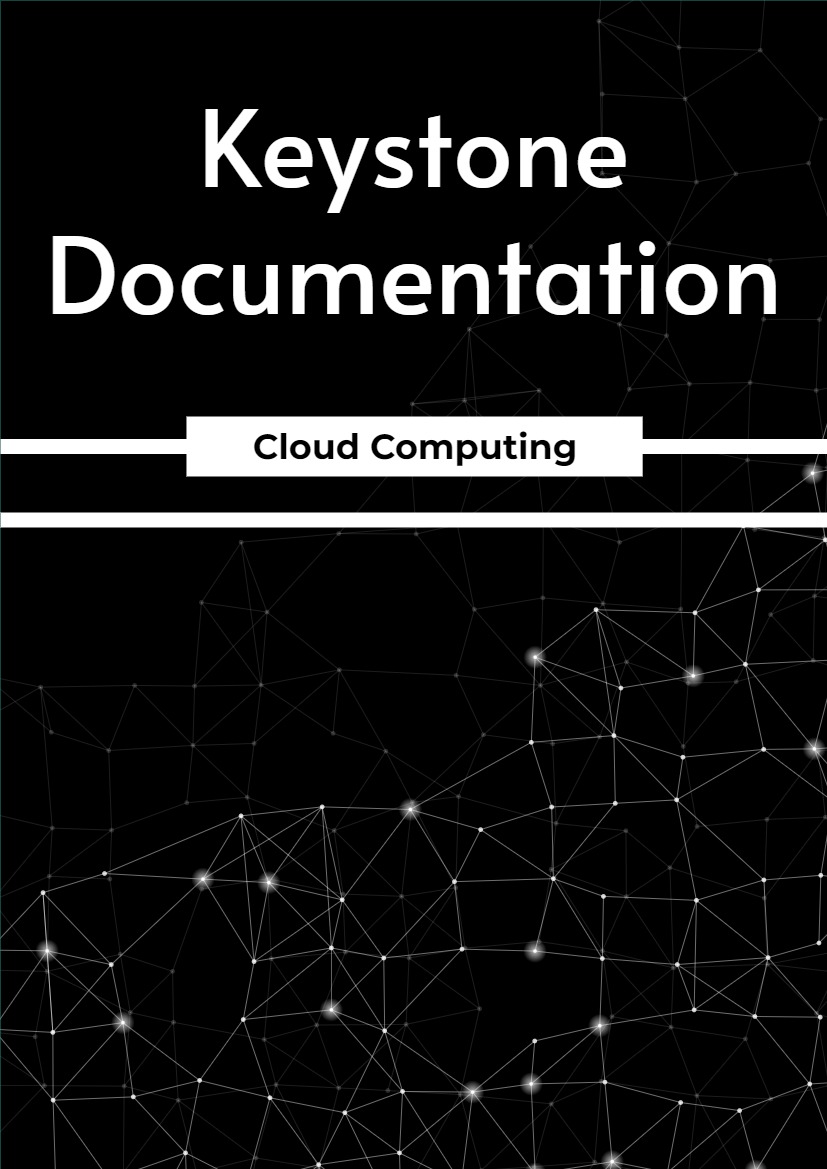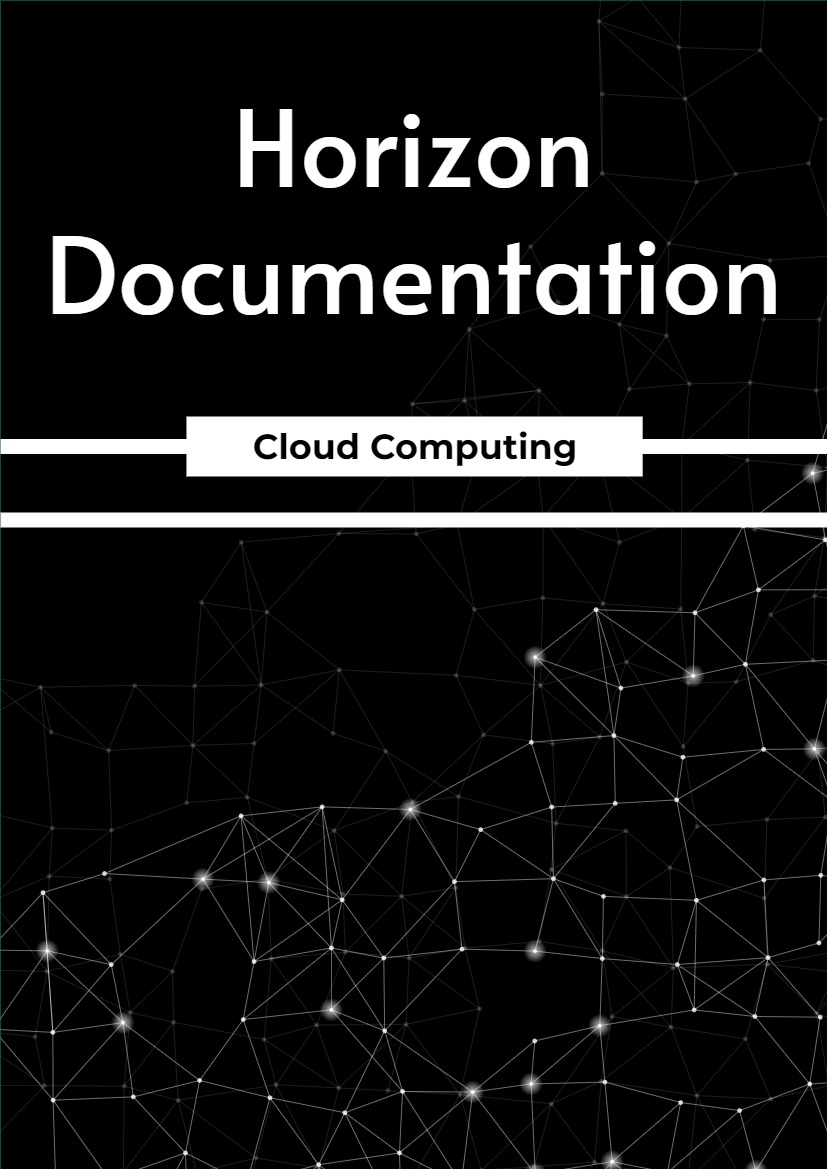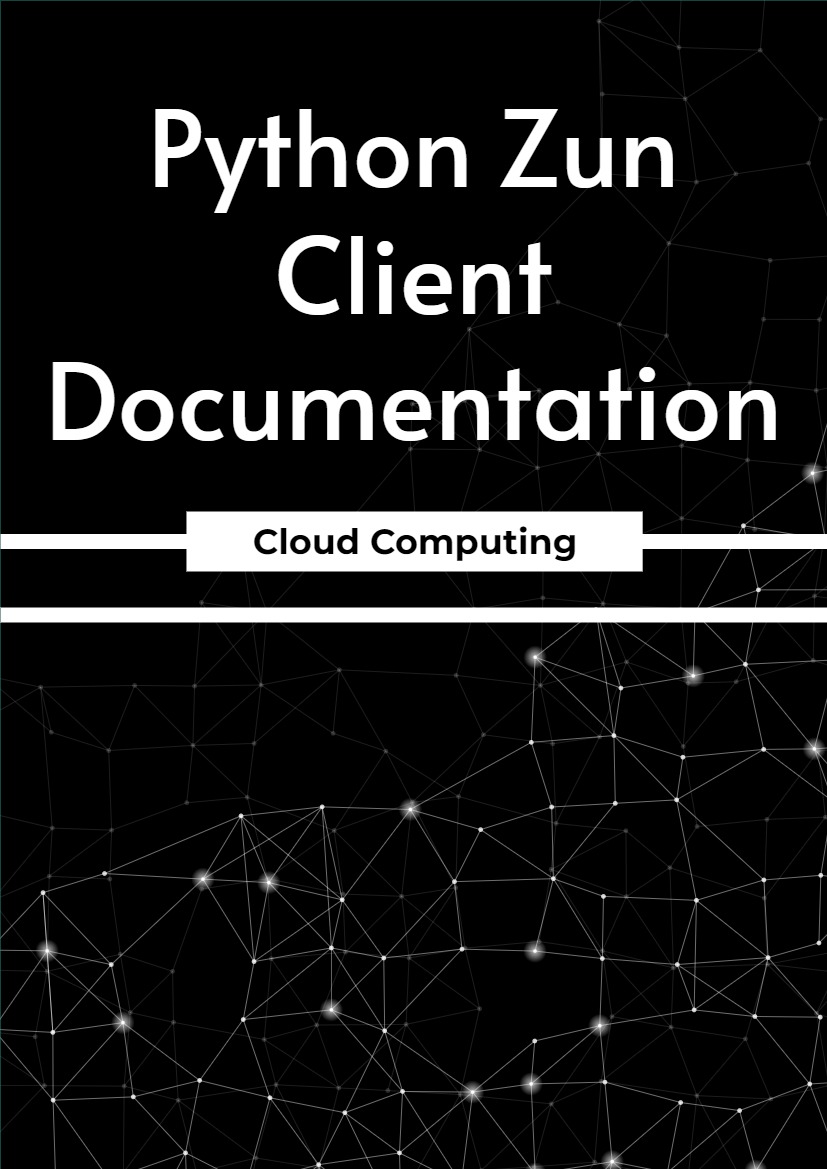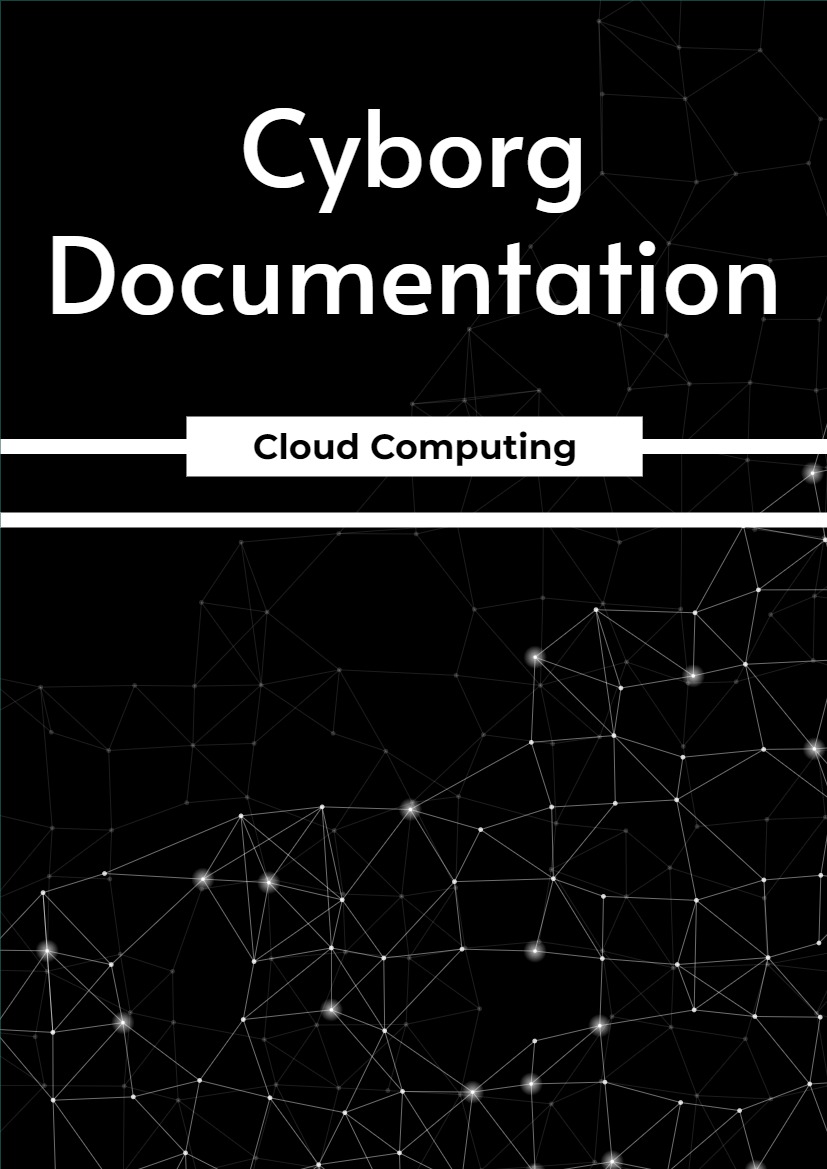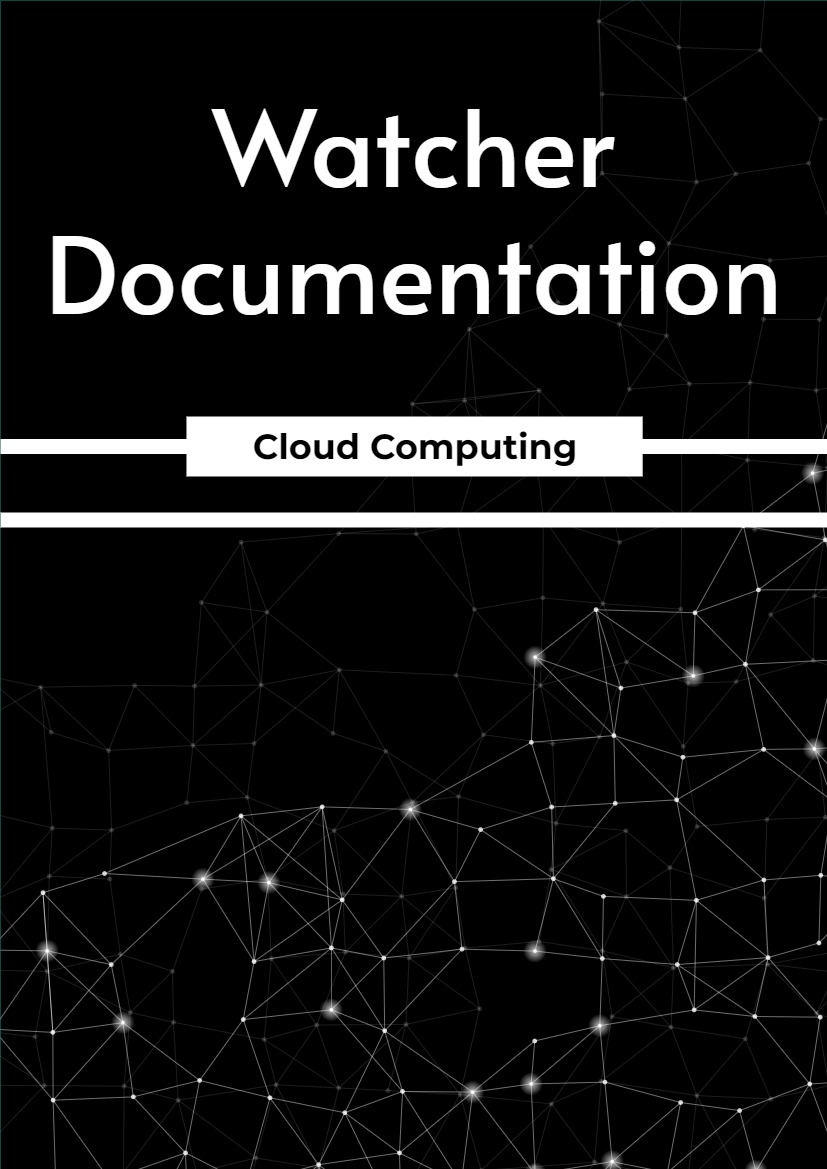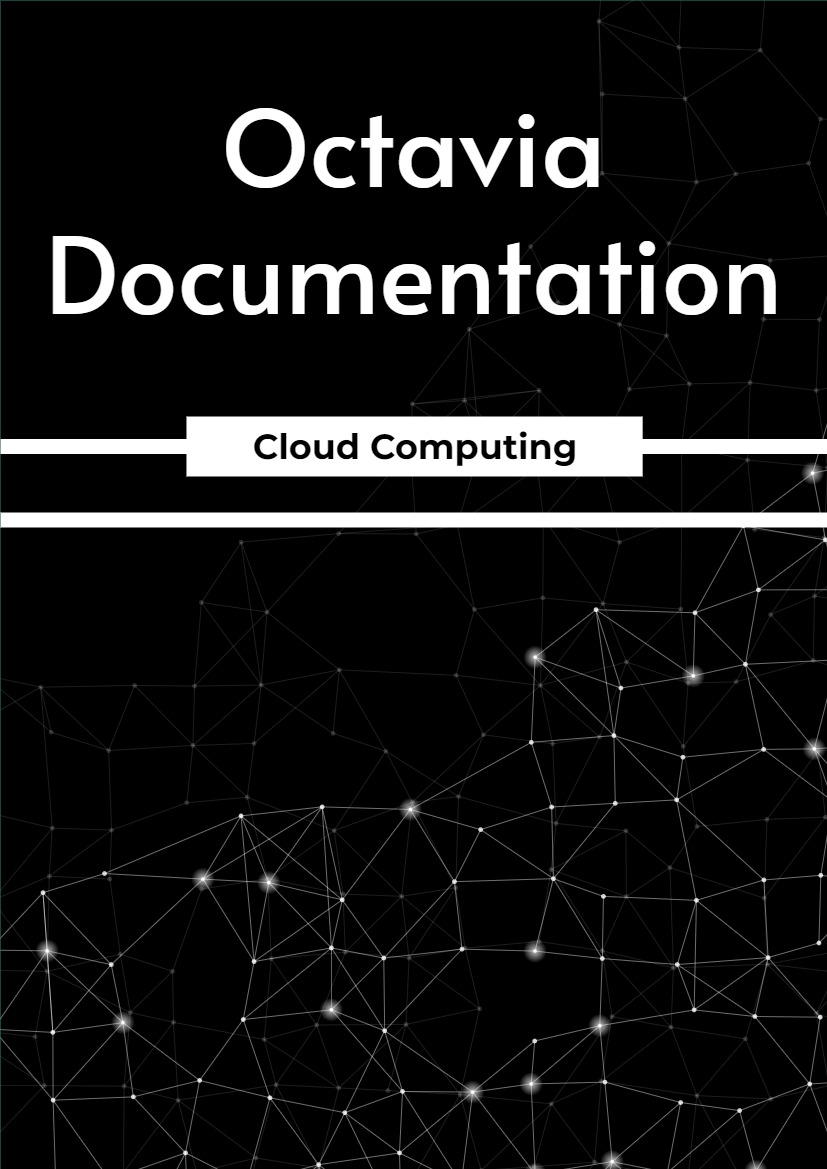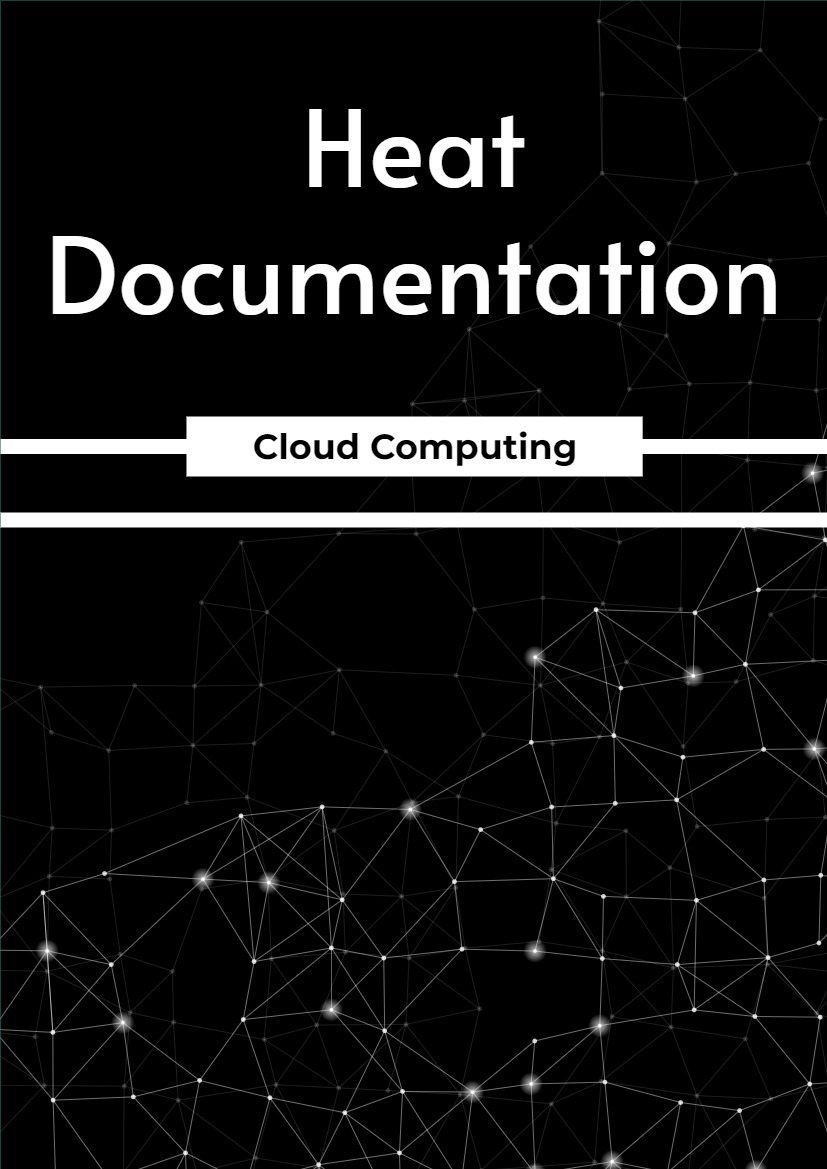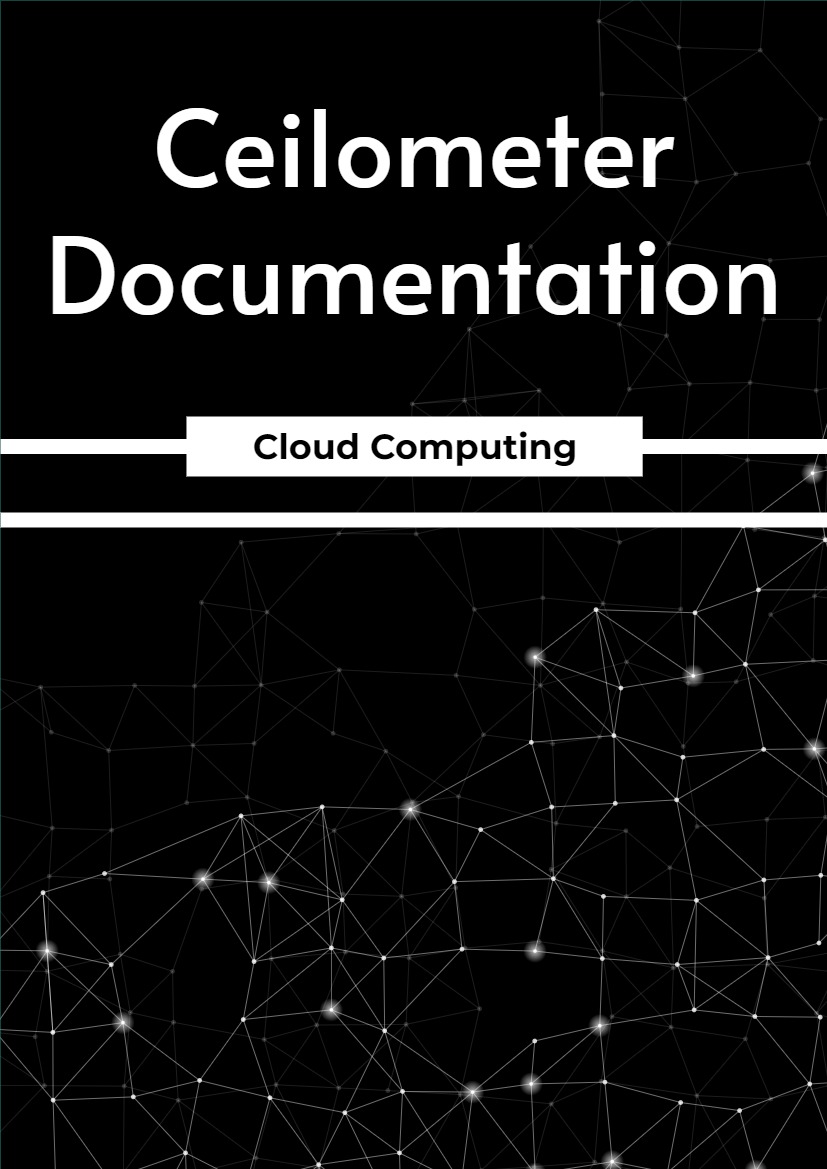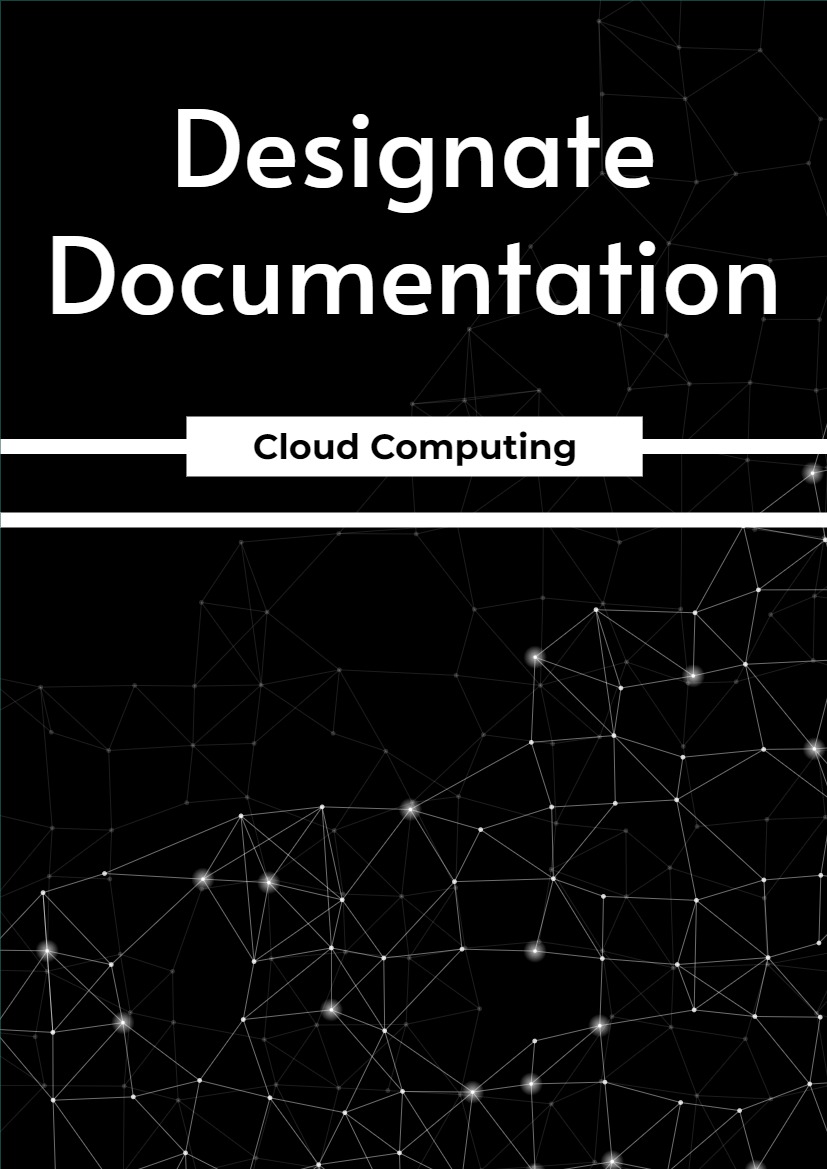Chapter One – Keystone Installation Tutorial
The OpenStack system consists of several key services that are separately installed. These services work together depending on your cloud needs and include the Compute, Identity, Networking, Image, Block Storage, Object Storage, Telemetry, Orchestration, and Database services. You can install any of these projects separately and configure them stand-alone or as connected entities.
This section describes how to install and configure the OpenStack Identity service, code-named keystone, on the controller node. For scalability purposes, this configuration deploys Fernet tokens and the Apache HTTP server to handle requests.
1.1 Keystone Installation Tutorial for openSUSE and SUSE Linux Enterprise
1.1.1 Abstract
This guide will show you how to install OpenStack by using packages on openSUSE Leap 42.2 and SUSE Linux Enterprise Server 12 – for both SP1 and SP2 – through the Open Build Service Cloud repository. Explanations of configuration options and sample configuration files are included.
1.1.2 Contents Identity service overview
The OpenStack Identity service provides a single point of integration for managing authentication, authorization, and a catalog of services.
The Identity service is typically the first service a user interacts with. Once authenticated, an end user can use their identity to access other OpenStack services. Likewise, other OpenStack services leverage the Identity service to ensure users are who they say they are and discover where other services are within the deployment. The Identity service can also integrate with some external user management systems (such as LDAP).
Users and services can locate other services by using the service catalog, which is managed by the Identity service. As the name implies, a service catalog is a collection of available services in an OpenStack deployment. Each service can have one or many endpoints and each endpoint can be one of three types: admin, internal, or public. In a production environment, different endpoint types might reside on separate networks exposed to different types of users for security reasons. For instance, the public API network might be visible from the Internet so customers can manage their clouds. The admin API network might be restricted to operators within the organization that manages cloud infrastructure. The internal API network might be restricted to the hosts that contain OpenStack services. Also, OpenStack supports multiple regions for scalability. For simplicity, this guide uses the management network for all endpoint types and the default RegionOne region. Together, regions, services, and endpoints created within the Identity service comprise the service catalog for a deployment. Each OpenStack service in your deployment needs a service entry with corresponding endpoints stored in the Identity service. This can all be done after the Identity service has been installed and configured.
The Identity service contains these components:
Server A centralized server provides authentication and authorization services using a RESTful interface.
Drivers Drivers or a service back end are integrated to the centralized server. They are used for accessing identity information in repositories external to OpenStack, and may already exist in the infrastructure where OpenStack is deployed (for example, SQL databases or LDAP servers).
Modules Middleware modules run in the address space of the OpenStack component that is using the Identity service. These modules intercept service requests, extract user credentials, and send them to the centralized server for authorization. The integration between the middleware modules and OpenStack components uses the Python Web Server Gateway Interface.
Install and configure
This section describes how to install and configure the OpenStack Identity service, code-named keystone, on the controller node. For scalability purposes, this configuration deploys Fernet tokens and the Apache HTTP server to handle requests.
Note: Ensure that you have completed the prerequisite installation steps in the Openstack Install Guide before proceeding.
